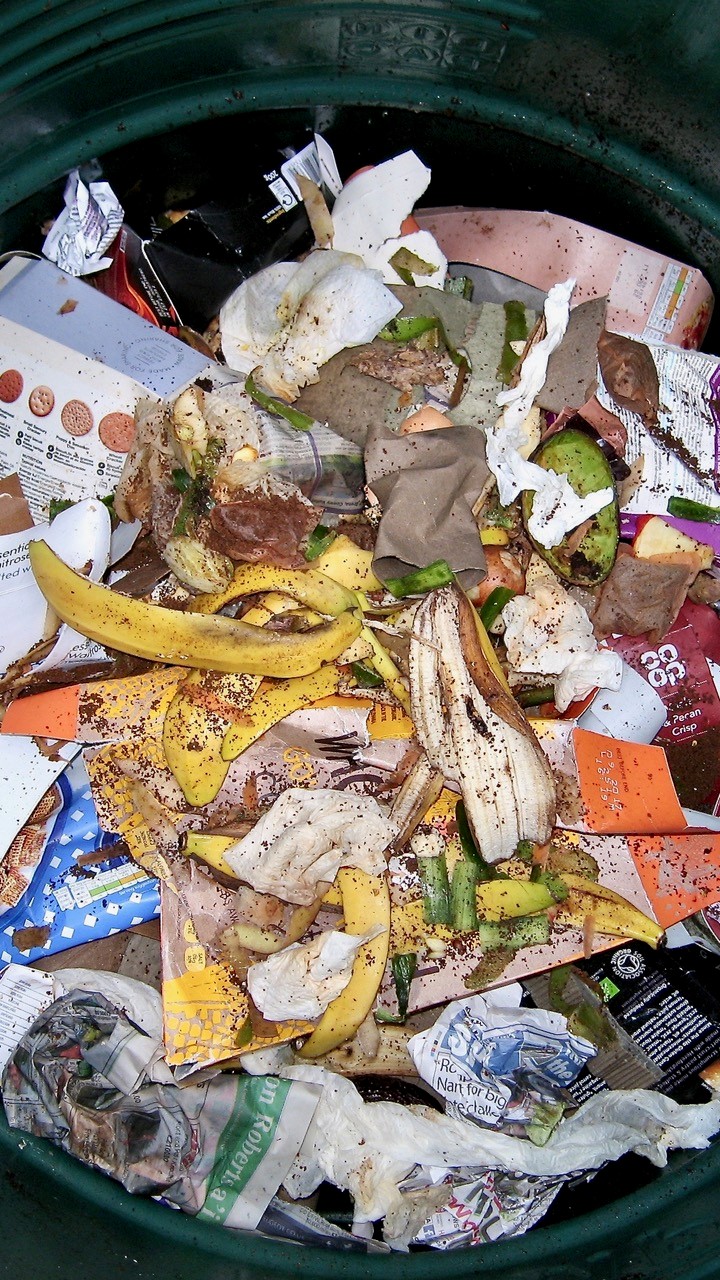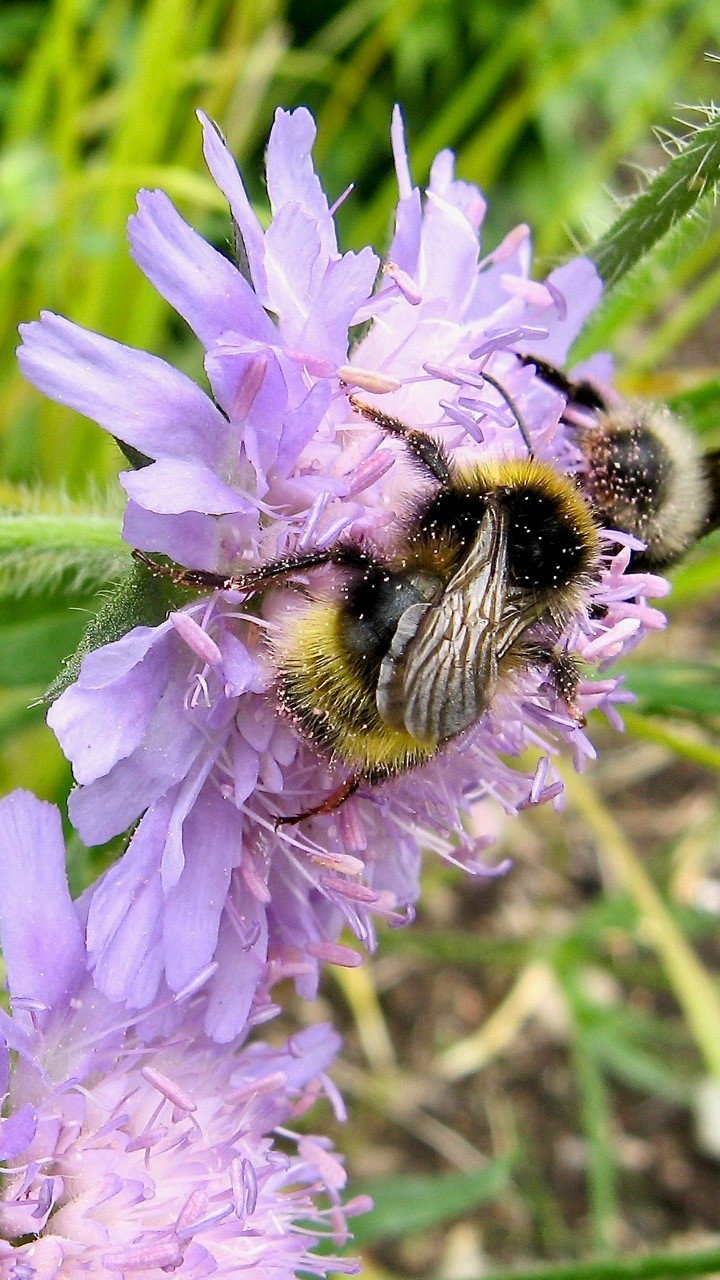… green gardening Christmas – and a more climate crisis-aware gardening world in 2021.
Change arrives at a snail’s pace in the wonderful world of gardening – even when our fragile natural world is undergoing its own profound and irreversible change. But if ever an entwined community of folk needed to change, it’s this one – all of us driven by our plant-growing passion, and those businesses small and large that help make our sowing, potting and planting dreams possible. Nature-harming crises mount by the day, with air, plastic and pesticide pollution among the not-going-away-soon big-hitters. And then there’s our climate, which is entering its own uncharted future, with repercussions for us all.

It’s tempting to look away and carry on gardening as usual, and to seek respite from a trauma-bedevilled world; isn’t that what our gardens, our allotments, our balconies and our window boxes give us – escape? But what we can’t run from is how going about our gardening is affecting our life-support systems; gardening isn’t automatically ‘green’ just because it’s gardening. If only.
Lost in some deep-dive winter dreaming, I’ve been musing on ideas for how we might finally begin to steer gardening onto an authentically green path. Some are big and ambitious dreams, requiring us to join forces, while others are you-can-do-this-at-home stuff. If you dream up more, let me know.
Winter is the perfect time, with its bare, see-through hedges, to get us thinking about one of my favourite green dreams: a National Greenhouse Exchange Scheme (NAGES). Its premise is simple: to link up anyone with an unused greenhouse with anyone wanting one – especially those on a low income, or with a non-existent budget. Our gardens are peppered with unused, pre-loved greenhouses, just waiting to be given a new, sun-harvesting home. The government is urging us all to go green, so why not go a solar step further, with a grant either toward the cost of a new greenhouse, or to help make a dilapidated one good to grow in?

To help NAGES take root, I’d love someone to write The Sun-Powered Greenhouse and Garden: Harvesting Sunshine to Grow Our Way Back to a Better World. This book would be a year-round cracker, helping to nudge us into slower, more season-savvy gardening under cover, using only free and renewable modern sunshine – rather than the ancient sunshine stored in fossil fuels, which destabilise our world when we burn them and release carbon dioxide. I can soon dream up a book synopsis.
The best way to keep carbon in the ground is in a peat bog, so we urgently need to end the mining, sale and use of peat. Vested interests within our gardening industry have fought this tooth and nail, aided by pro-peat pundits in the garden media who have forgotten what their job is. But… peat-free dreams really can come true. As I write, news broke signalling that the government is planning to enshrine the phasing out of peat products in law, and to impose ‘hefty fines’ on garden retailers who continue to sell it.
It’s not exactly job done; we need to see the detail in England’s Peat Strategy (hopefully it will be adopted UK-wide), but we’re finally waking from the long nightmare of peatland destruction carried out in the name of gardening fun. Once all sowing and potting compost is free of climate-wrecking peat, we can bury this argy-bargy for good – below a soggy layer of carbon-sucking sphagnum moss.
Peat-free dreams coming true are hugely positive, but we can start sinking carbon into our own garden soils under the guidance of another government-funded ‘green’ initiative, the No-Dig Network – or NoDigN for catchiness. Science shows us that disturbing the soil as little as possible has huge benefits, and that all this digging over in autumn, to leave soil bare and exposed to the elements – ‘to achieve a fine tilth’ – is gardening advice from a bygone, dig-till-you-drop era. Gardening in the growing chaos of this 21st century requires new, innovative thinking tailored to what we know our soils do best: soak up and store carbon from the air.

NoDigN’s roots will spread through local communities, extolling the wondrous, dark world of soil, and explaining how we as gardeners can nurture it to play our own back-garden parts in helping to stem climate chaos. Just think: your gardening fun could be helping out those who garden for their very survival. It could be powerful, persuasive stuff, this NoDigN, especially if we can earn carbon credits for making our plots carbon-rich. So let’s fill our local museums with spades, and bring on the chipped branch wood…
One way we can feed carbon into our soil is through making compost, but if we want everyone to join in, it must be easy and straightforward. Cool and slow compost-making suits most folk; hot and fast composting, using big, steaming and sweat-down-the-back heaps is for those who love to get the bit between their teeth, and good on them. The rest of us – there’s a hashtag imminent – can gee ourselves up during #WormpostingWeek (wormposting = worms + composting) to learn about the gentle, transformative power of composting worms – and how to get them doing the heavy lifting.
This isn’t about wormeries (though they’re useful too); it’s about putting a simple and cost-subsidised, Dalek-style lidded compost bin (or three) on any patch of soil you have, filling it with a mix of ‘green’ and ‘brown’ kitchen, household and garden waste, and letting your tigers run wild. No mixing. No sweating. No fretting. Just straightforward, cool slow compost-making resulting in rich black gold to squirrel away in your plot’s carbon vault.
NoDigN and #WormpostingWeek are a dream team, but there’s another initiative that would help boost it, involving a mandatory yet gentle requirement: that all wrapping and packaging – whether from a cereal box or a pack of plug plants in the post – should carry a big, prominent and identifiable ‘Compost ME!’ symbol (or a recycling motif if worms can’t eat it). Incentives will drive manufacturers to use the most compost-ready packaging they can, and to phase out plastic film-coated card, the soil-polluting bane of compost-makers’ lives. Next to the Compost ME! symbol, there will be a scannable QR code that launches an info-rich app showing how to make carbon-rich compost in a way that suits you.

We need a tech-savvy app-wizard, preferably with dirty fingernails, to devise another app to help us check whether what we read in gardening magazines and columns is based on actual fact or fictional opinion; it can be a nightmare to tell, especially when it comes to the misinformation spread in defence of peat use and pesticides. To unleash the GardenFactSiever’s AI-driven brain, you just scan any article or social media post using your smartphone; the app searches for the topic, and for its author’s credentials by scanning their digital footprint. It can even assess whether a claim or statement is sound, or has more holes in it than… a sieve. And get this: it flashes red if the information or opinion is baseless and dodgy, and green if it’s solid and legit. It will also provide a detailed summary of whether an individual has past form on a particular topic, helping you weed out the gardening wheat from the mischief-making chaff.
My dream of dreams for gardening’s 2020s is a biggie. GREEN? will be a new, independent body, fitted with tough, impartial teeth, whose focus will be to get every gardening product jumping a series of ‘sustainability hurdles’. Funded by a levy on retail gardening sales – and immunised against lobbying from vested interests – GREEN? will assess and rank products against a set of ‘green’ criteria, such as how much energy it took to make, how much pollution it contributes, such as microplastics, and if and how it can be recycled at the end of its life (and that’s just for starters).
Nothing that’s used in or sold for gardening will escape scrutiny, from so-called ‘green’ plant pots to the pesticides used by commercial growers. This won’t be an opt-in; if you want to sell stuff to gardeners, you’ll need to clear the GREEN? hurdles first, to confirm that your products enrich, rather than pollute and harm, our natural world. It will be a wake-up call for businesses, and a confidence-booster for us all.
We garden now in new, uncertain and, for many, dangerous times. If we, our gardens and those who profit from them are to play an even bigger part in calming our rattled earth, we all need to do some 21st-century dreaming.
Text and images © John Walker
Find John on Twitter @earthFgardener


